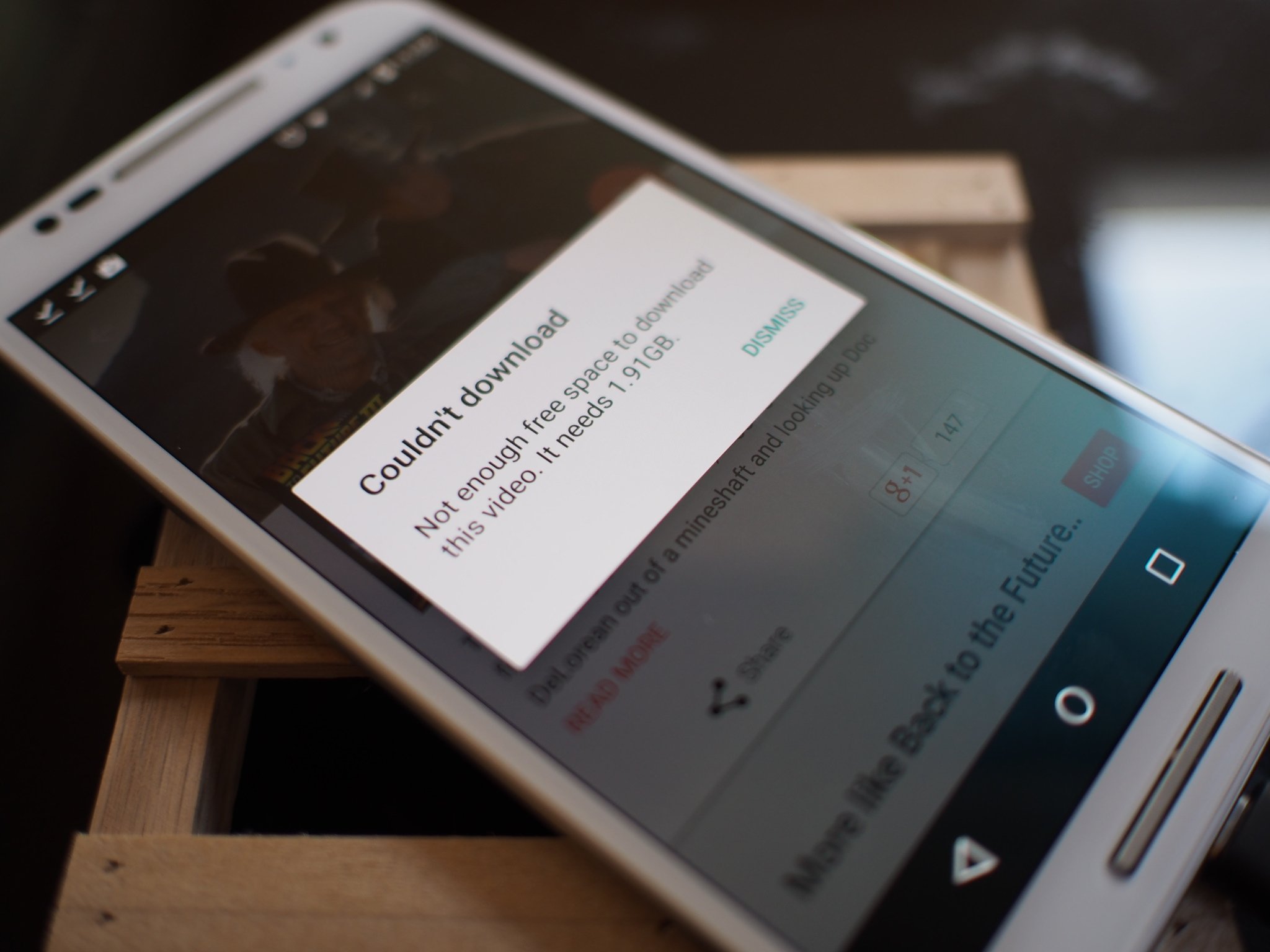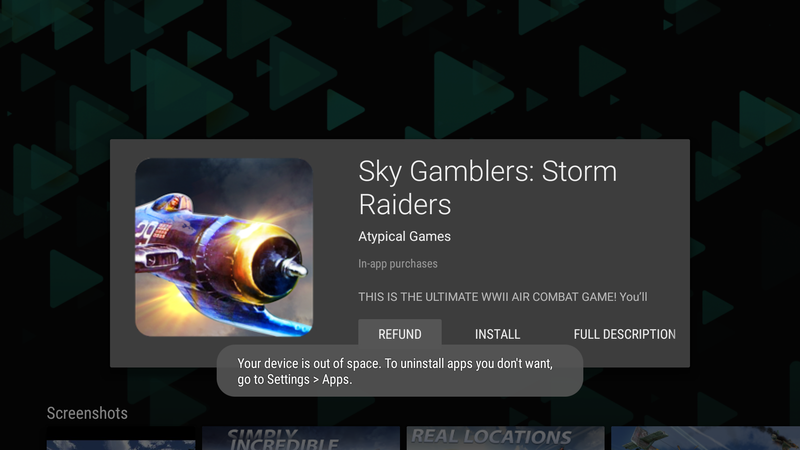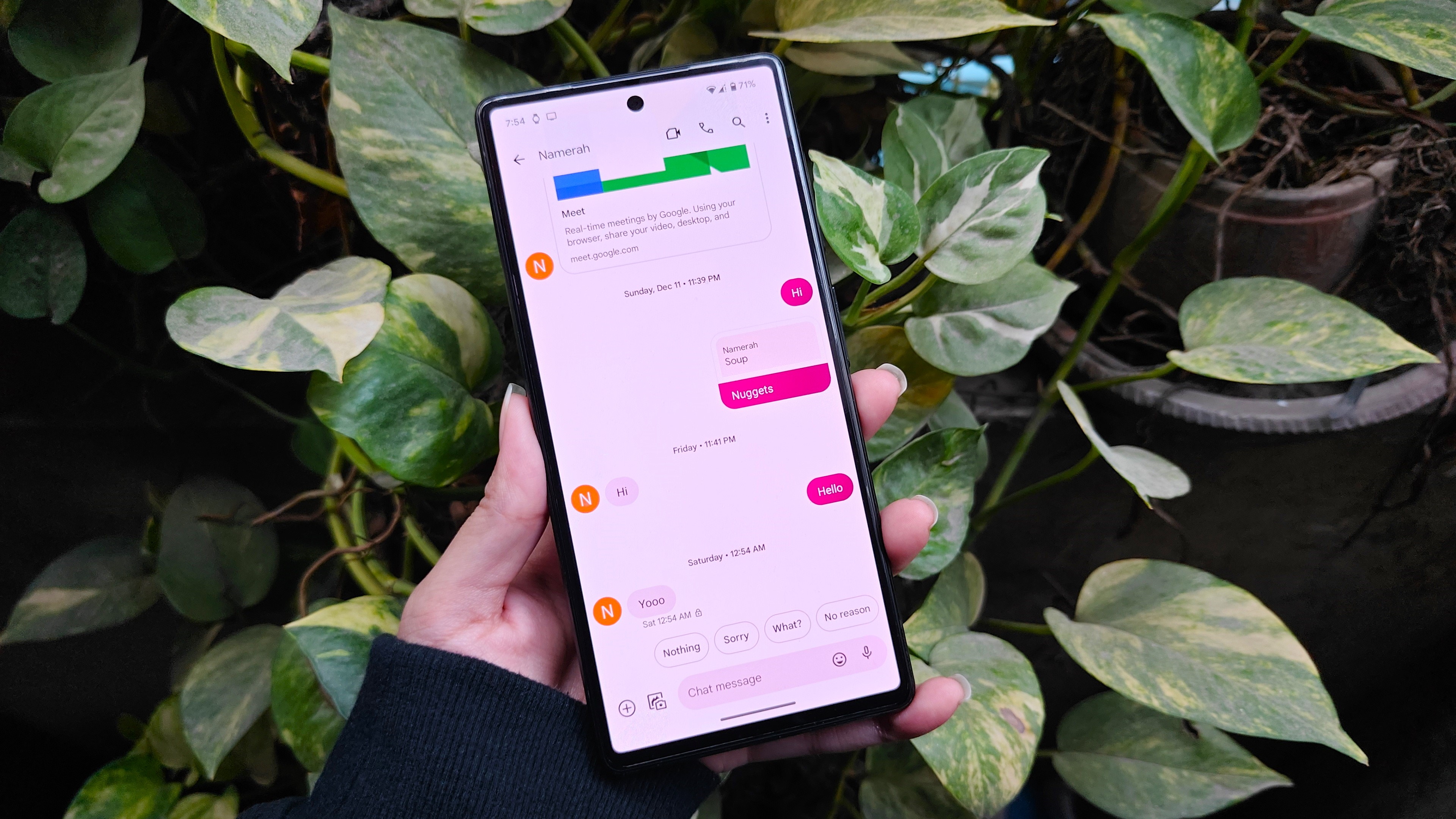Just say no to 16 gigabytes of storage in 2015

The Christmas holiday meant taking a lot of photos from several different devices for me. My youngest daughter ran around all day with my HTC RE Camera, and between grabbing 4K video on my 2014 Moto X and importing photos from the RE and the Olympus Image Share app connected to the Pen E-P5 my phone got quite the workout. By the end of the day we had managed to consume nearly 10GB of the 26GB that Motorola allows me access to on this 32GB phone. I recognized that I had done this to myself, and after dumping everything to my Desktop it became even less of a problem for me, but I couldn't help but wonder how little I'd have been able to do if I had opted for the 16GB version of this phone.
Our smartphones continue to consume more and more storage every generation, which is what happens when every part of your mobile experience gets bigger and better. While Google's plan to have everything in the cloud is nice on paper, there has to be enough local storage to actually get that content to the cloud in the first place. The 16GB version of the 2014 Moto X takes 6GB for the system, leaving you with 10GB to more or less use however you want. After all of my apps are installed and cache for things like Google+ and Chrome have been established, I'd have about 4GB left to do whatever I want with. The average photo on this camera takes up around 3MB, and in 4K mode the video consumes a little over 6.5MB every second. Lets not even get started on the storage consumed by the photo and video editing features that are built into almost every OEM-flavored Android phone nowadays. The bottom line is the same — 16GB of storage really just doesn't cut it long term.
It's right around this point that those of you with removable storage feel pretty good about your purchases this year, and rightly so. Removable storage puts the user in control of exactly how much storage is available, and you can spend as much or as little as you like to get the storage amount that is right for you. With the improvements to removable storage support seen in Android 5.0 it's possible more manufacturers will swing back to offering microSD card slots on some devices — and the Saygus V2 and its potential for 320GB of total storage is downright ridiculous — but it's unlikely that we'll return to a point anytime soon where that removable storage slot is the default. For one, most of the devices we'll see this year have been in development before Android 5.0 was announced. What's more is there's still a huge perception problem to be addressed with cheap removable storage, since most of the time it's the manufacturer of the phone and not the cheap microSD card that gets blamed when performance takes a hit.
And then there's the fact that SD cards by nature are not really means for secure storage. (But that's another column for another time.)

The best all-around solution is for manufacturers to ditch 16GB of storage as their cheapest model for flagship phones in 2015. HTC, LG, Motorola, Samsung, and anyone else who makes a phone whose unlocked or off contract price is above $500 should make 32GB the standard and work up from there.
This doesn't just stop at our phones, either. The laughably small 8GB included with the Nexus Player and the 16GB base model for tablets needs to go as well, since these are both devices that are way more likely to actually need more local storage for games or offline mode. With 32GB of storage you guarantee all of your "average" users don't run in to storage issues after six months of use, and then either offer 64GB to 128GB or removable storage to those of us who prefer to store a bunch of music locally or want to try and shoot half and hour of video in 4K (that's over 11GB of storage for those keeping score).
Whatever the solution for you this new year, even if it means just avoiding the 16GB version of a new phone and shelling out for the larger storage options
Be an expert in 5 minutes
Get the latest news from Android Central, your trusted companion in the world of Android

